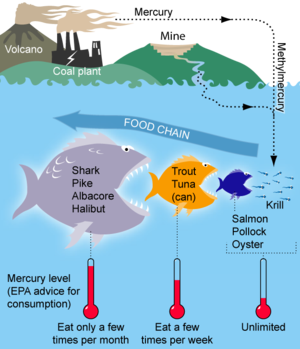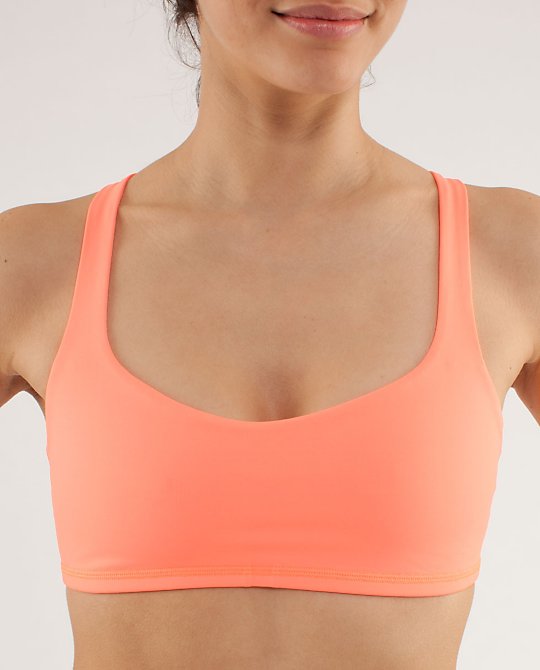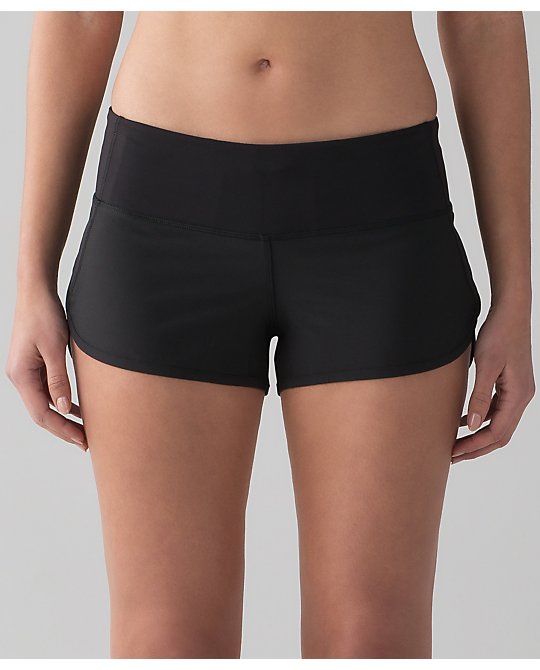I was inspired to write this just now, as I read a recipe called "African Kale & Yam Soup". I'm not sure if this person really used yams or sweet potatoes - nonetheless, I'd like to discuss these two confusing tubers. (PS - I am SUPER excited to try this recipe and I'm told it's delicious!)
Yams are not sweet potatoes, or vice versa. I'm sorry if this throws your entire life's calling of sweet potatoes a yam. However, I do apologize. You quite possibly have never actually eaten a yam in your life; yams are hard to come by!
So why the mix-up? Please read on about the science and the history of yams and sweet potatoes.
 |
| Sweet potato on the left; yam on the right. http://www.loc.gov/rr/scitech/mysteries/sweetpotato.html |
Sweet Potatoes are dicots - plants having two embryonic seed leaves - and are part of the Convolvulaceae or Morning Glory family. Sweet potatoes are often mistakenly called "yams". The skin color ranges from white, yellow, red, purple to brown. The flesh also ranges in color from white to yellow, orange, or orange-red. Sweet potato varieties are classified as either ‘firm’ or ‘soft’. It is the ‘soft’ varieties that are often labeled as yams in the United States.
Origin of this mix-up?
In the US, firm varieties of sweet potatoes were produced before soft varieties. When soft varieties began to be commercially grown, there was a need to differentiate between the two. African slaves called the ‘soft’ sweet potatoes ‘yams’ because they resembled the yams in Africa. Thus, ‘soft’ sweet potatoes were referred to as ‘yams’ to distinguish them from the ‘firm’ varieties.
Today the U.S. Department of Agriculture requires labels with the term ‘yam’ to be accompanied by the term ‘sweet potato.’ Unless you specifically seek out yams (which are typically found in international supermarkets), you are probably eating a sweet potato!
Both yams and sweet potatoes are very good sources of fiber, Vitamin B6, potassium, manganese, and both have 2 g protein per 1 cup (raw, cubed). Sweet potatoes are Vitamin A rockstars, boasting 377% of daily recommended intake in just 1 cup. Yams are an excellent source of Vitamin C, accounting for 43% of daily recommended intake.
Cook one or both of these up this week, and enjoy your dinner!














































